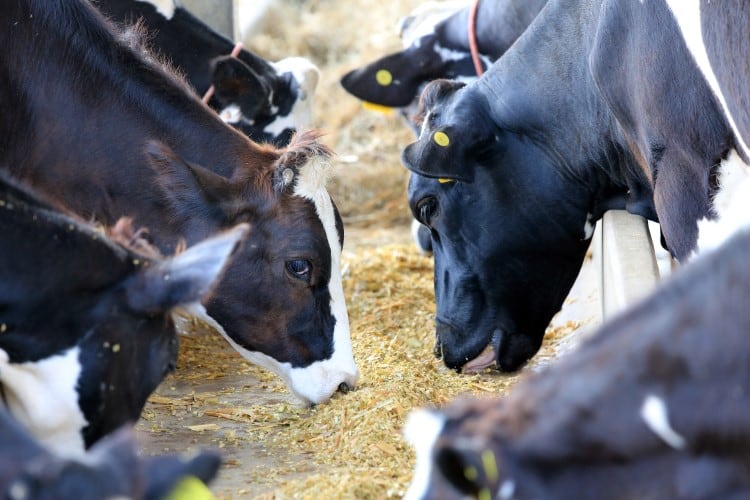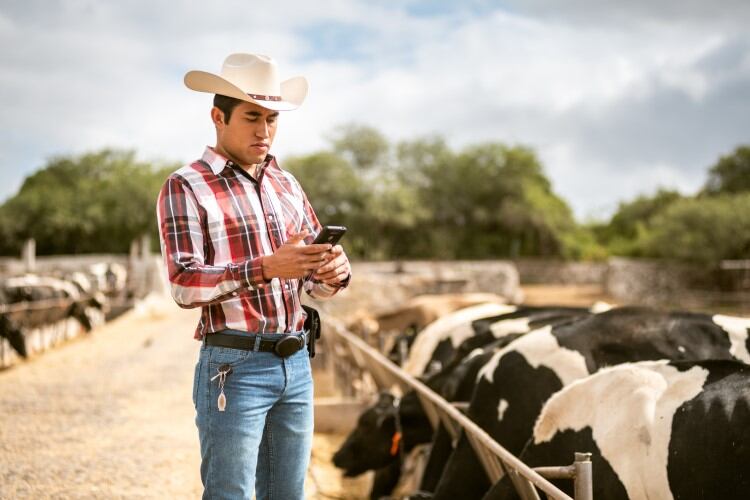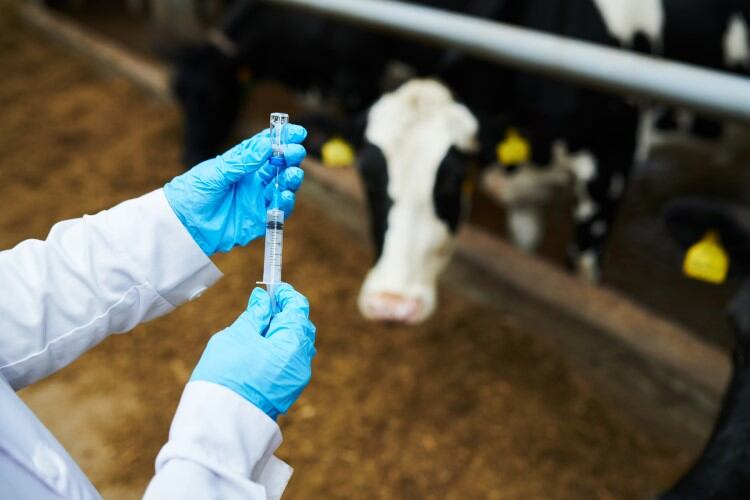The speed and accuracy of cow lameness detection can be significantly improved in the near future thanks to a new AI-powered technology that is currently in the works.

UK-based agtech company Winson Agriculture came up with the concept of a cattle hoof monitor that can detect subtle temperature changes in the cow’s feet or legs. The company received research and innovation funding from the British government to develop the tool and has now partnered with the Agri-EPI Centre and software firm Rhyze Softworks to bring Hoof Monitor to life.
Elevated temperature is an early sign of infection and presents before any visible symptoms of the disease. Spotting it early would offer dairy producers a chance to begin treatment promptly and avoid the adverse economic and welfare impact of lameness.
Agri-EPI Centre, which was established as part of the UK government’s agritech strategy to develop, fund and commercialize new precision ag technologies, is providing R&D expertise as well as its 200-head herd at the Dairy Development Centre in South West England to test and refine the tool, which is still a prototype.
Hoof Monitor is fitted to the cows’ feet and can detect changes in temperature in individual legs and feet – a unique feature compared to current monitoring methods such as mobility scoring, accelerometer-based precision technology, and camera and AI-based visual gait analysis. Meanwhile, artificial intelligence is used for automation purposes, replacing the need to conduct manual locomotion scoring.
“Determining [how early an infection can be caught] is one of the aims of the trial currently being conducted,” Willcox told us. “However, as this system identifies heat caused by inflammation which is a mammalian response to infection, it will be able to identify issues before they are visible to the naked eye or gait analysis tools. Early intervention will likely reduce the duration of lameness and cost to the farmer.”
'Its potential impact is very strong'
Testing at the Dairy Development Centre is planned to last until May 2024, when the system will be moved to a larger (1400 in milk) more commercial dairy unit where its real-world capabilities can be assessed, we were told. If all goes to plan, early adopters may be able to trial the technology in 2025.
Agri-EPI’s head of dairy, Robert Morrison, commented: “Hoof Monitor is unique in that it is using thermal imaging in lameness detection in a way that, until now, has not been an affordable option on commercial farms. This new approach enables us to detect increases in leg temperature, indicating increased blood flow - a clear sign of a problem in the cow’s foot - so that action can be taken earlier.
“As a robotic system working 24/7, it has the potential to make detecting and treating lameness much quicker than current methods, meaning its potential impact very strong.”
Lameness costs the British dairy industry around £53.5m per year and is second only to mastitis in terms of its economic impact. Willcox explained that beyond the animal welfare and cost benefits, his company’s monitoring tool could “contribute to a reduction in production inefficiencies and associated carbon emissions per liter of milk produced”, thus also improving sustainability.




